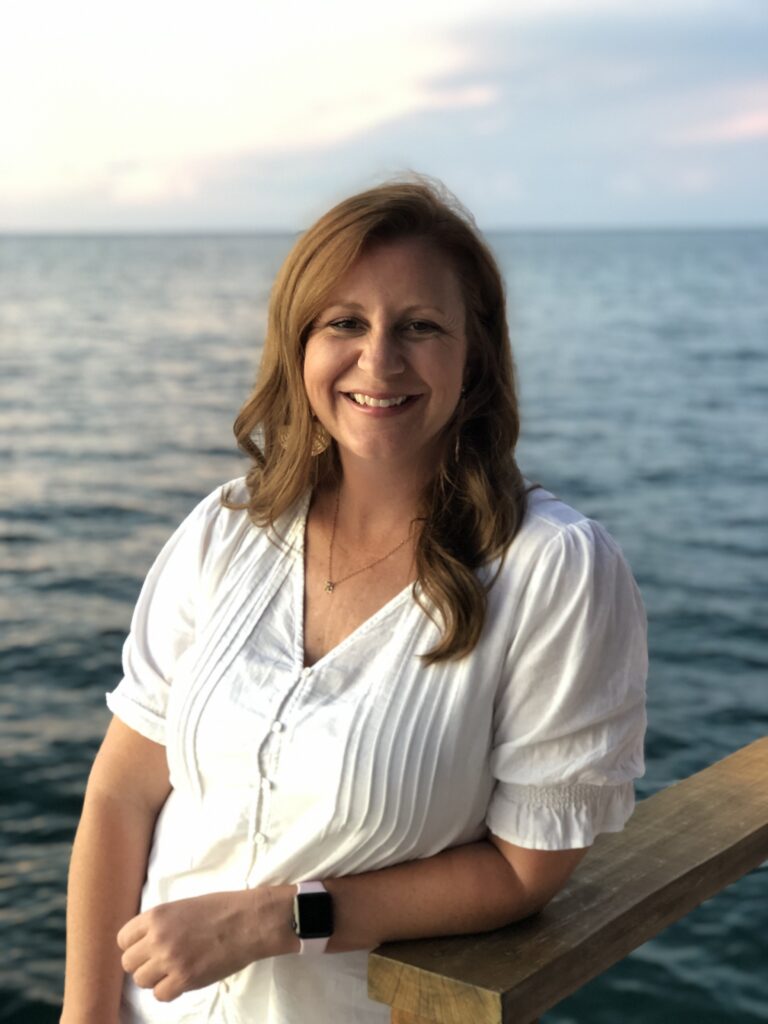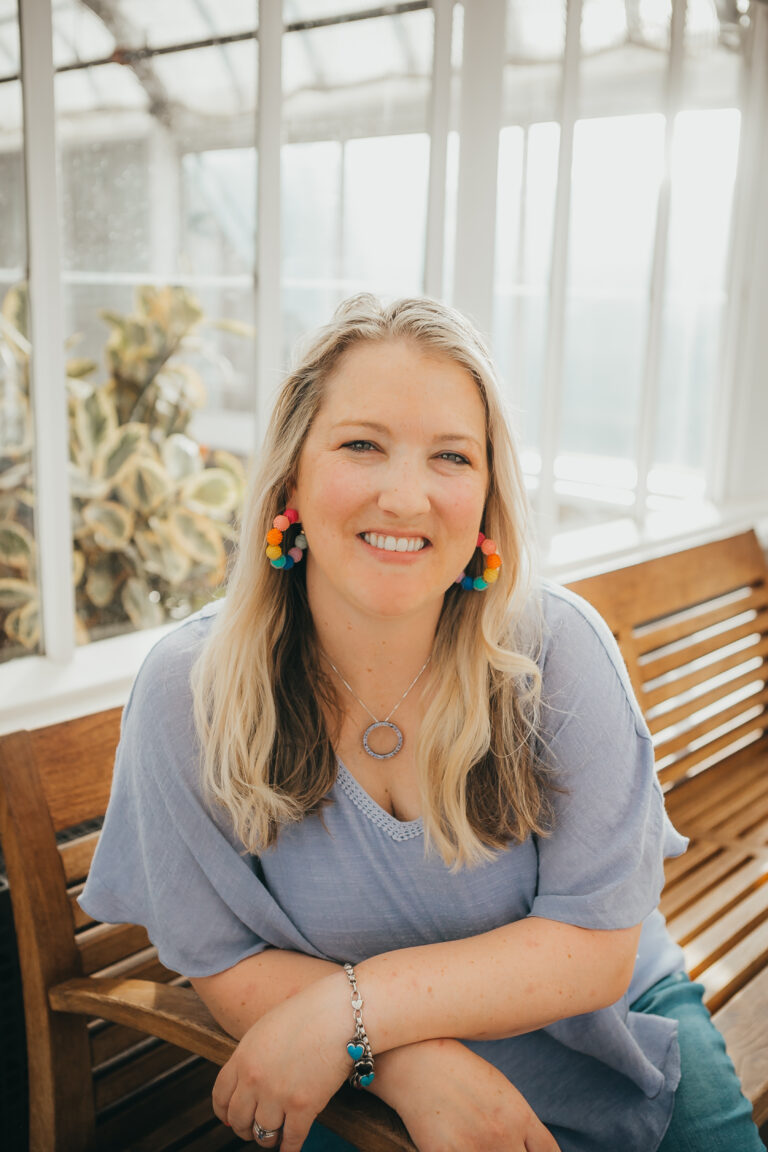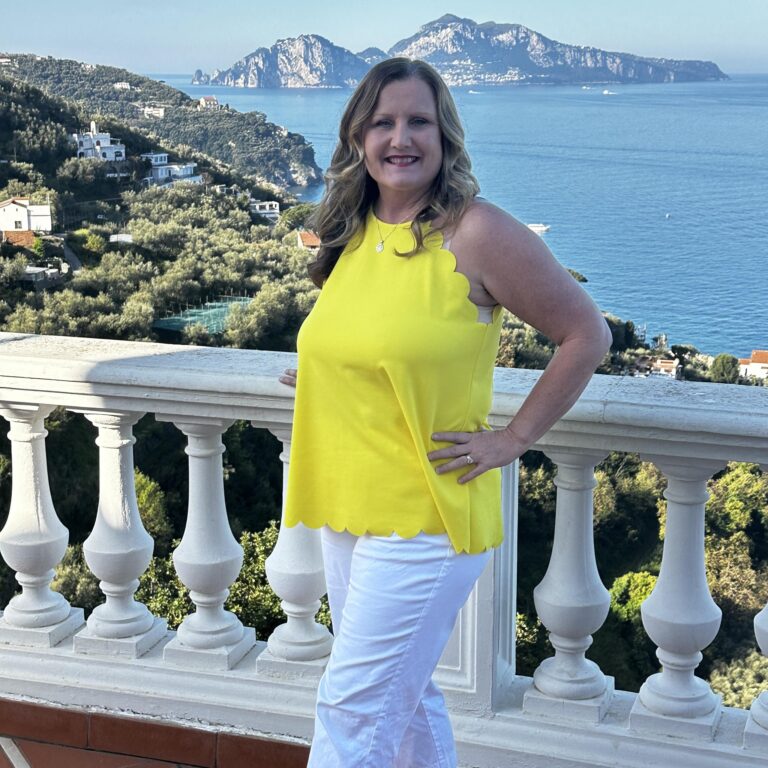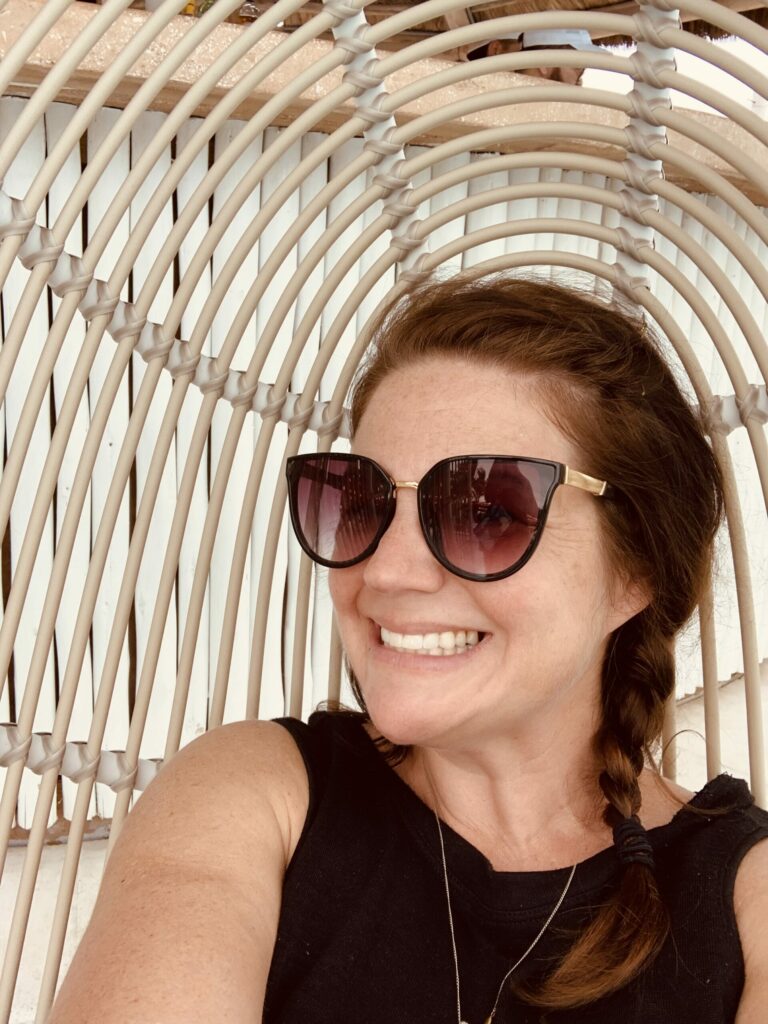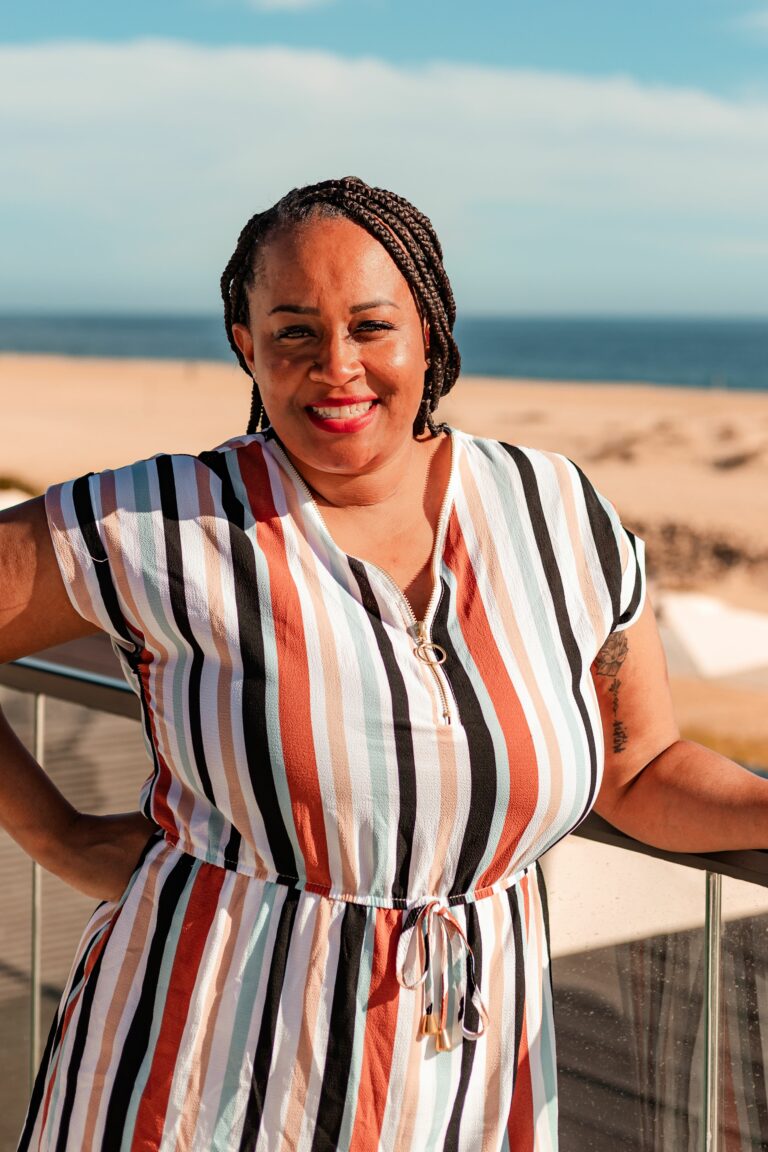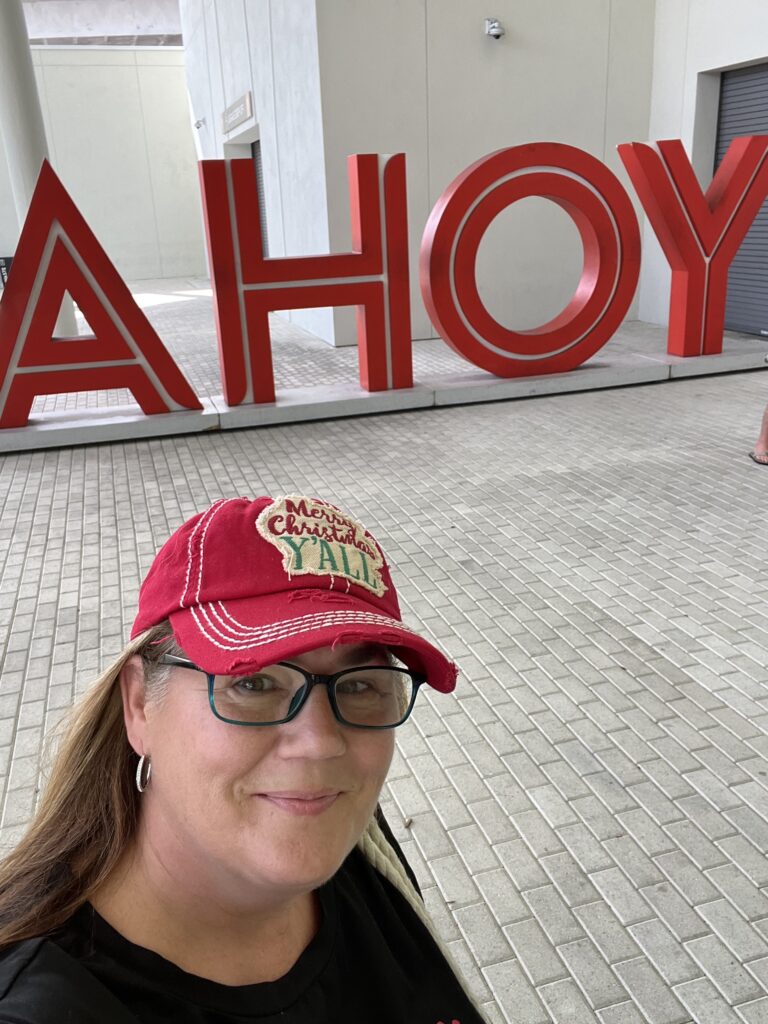Puerto Rico is one of the biggest islands in the Caribbean, and it has much more to offer than rain forests. It also has caves, mountains, coral reefs, white-sand beaches, championship golf courses, fantastic cuisine, world-class shopping and a vibrant culture.
The sounds of Puerto Rico's El Yunque National Forest will no doubt draw visitors—giggling children running by, tree frogs croaking and the rustle of the leafy canopy. What's more, the rain forest is close enough to San Juan for a day trip.
Puerto Rico visitors will also find that the country is quite modernized. The capital of San Juan is a large city that offers glamorous resorts, hotels and casinos, and a busy business district, as well as the largest and most technically advanced convention center in the Caribbean.
San Juan also has one of Latin America's most impressive colonial areas. Such a combination of natural beauty and urban attractions is part of the reason Puerto Rico is so popular with tourists.
Geography
Puerto Rico lies 1,015 mi/1,630 km southeast of Miami. It's actually several islands. The largest, also named Puerto Rico, is rectangular in shape and about 110 mi/177 km long by 35 mi/56 km wide. Its terrain is among the most varied in the region—rugged mountains rise in the middle, quiet beaches edge the northern and eastern shores (which are lapped by the Atlantic Ocean), and in parts of the southwest, beaches give way to steep cliffs that plummet into the Caribbean Sea. History
Puerto Rico had few inhabitants when Christopher Columbus sighted the island in 1493. Fifteen years later, Spain appointed Ponce de Leon, the seeker of the Fountain of Youth, to be its first governor. The original inhabitants, the Taino Indians, rebelled against the Spanish, but the uprising only resulted in their decimation.
For four centuries, Spain used the island as its gateway to the New World, defending it against assaults from the English, the French and the Dutch. (It was the last stop for treasure ships bound for Spain.) In 1898, during the Spanish-American War, the Spanish met their match: The U.S. Army landed on the southern side of the island. Shortly afterward, Spain handed Puerto Rico over to the U.S.
Puerto Rico became a commonwealth and its residents were granted U.S. citizenship in 1917. However, residents don't have every right enjoyed by their mainland cousins. For instance, they can't cast ballots in U.S. presidential elections, and their resident commissioner—an elected representative to the U.S. House—can sit on congressional committees but cannot vote. (On the other side of the coin, Puerto Ricans pay no U.S. federal income tax.) Puerto Ricans remain fiercely divided on whether their island should become the 51st U.S. state.
Agriculture was the island's mainstay in the early years—coffee and tropical fruit plantations dotted the countryside, and vast fields were planted with sugarcane, which was processed into some of the world's best rum. Some coffee and fruit plantations remain, but they, and other farming operations, now account for only 3% of employment and 1% of the island's income, and much farmland has been turned over to residential and commercial development in recent decades.
In the place of farming, industry—led by manufacturing—now dominates the island's economy, a legacy born of the U.S. government's Operation Bootstrap program in the 1940s. Government, academia and private industry also have focused on making Puerto Rico shift from a labor-intensive to a more high-tech manufacturing powerhouse with particular focus on biosciences, pharmaceuticals, medical devices, and communications and information technology. Exports include chemicals, electronics, pharmaceuticals and health-care products, rubber and plastic goods, rum and coffee.
Tourism also is important to the island's economy—more than 3 million people visit Puerto Rico each year. Although poor compared with U.S. states, Puerto Rico has one of the highest standards of living in the Caribbean.
Puerto Rico is vulnerable to hurricanes, as evidenced by widespread damage caused by Hurricane Maria in 2017, and flooding and power outages by Hurricane Fiona in 2022. Recovery efforts sometimes take years, especially in areas away from city centers, where you are more likely to see deteriorated roads and downed utility lines. Exercise caution driving on rural roads, especially after dark. In general, services are less reliable in the central mountain zone.
Islandwide, visitors are unlikely to experience service disruption, as many hotels and resorts are becoming increasingly self-reliant, favoring the use of generators, self-generated power sources and on-site water treatment facilities.
Snapshot
Puerto Rico's main attractions include deep-sea fishing, gambling, historical attractions, horse racing, culture, nightlife, beaches, rain forests, shopping, golf, tennis, caves, hiking, horseback riding, world-class surfing and watersports (including snorkeling and scuba diving).
Travelers who want to get away from it all in comfort (the island has some lovely luxury resorts) and those who enjoy exploring (the island is so large it offers a variety of things to see and do) will like Puerto Rico. U.S. and Canadian citizens who are in a hurry to reach warm weather and white-sand beaches will enjoy the island's convenience.
Potpourri
Puerto Rico native Emiliano Mercado del Toro, who died at age 115 in 2007, was once declared the world's oldest person by Guinness World Records—he said his secret to longevity was a healthy diet and avoiding alcohol.
Outside the big cities, listen for the sounds of the coqui, the national symbol. Legend has it that the tiny tree frog can only sing and survive on this island. There are reports of the species in Hawaii and Florida, however.
The Caribbean National Forest, dubbed El Yunque in Spanish, is the only tropical forest in the U.S. Forest Service system and at 28,000 acres/11,340 hectares, the smallest as well.
Puerto Rico has had five winning candidates in the Miss Universe pageant.
Puerto Rico purports to be the largest rum producer in the world.
One of the world's largest radio telescopes, known as the Arecibo Radio Telescope, was built there in 1963 and was used in the James Bond classic GoldenEye.
The island's local beer is the award-winning Medalla Light. It's sold in 7- to 10-ounce sizes to ensure that the beverage can be consumed before it warms.
The rain forest has an average rainfall of 120 in/305 cm per year, which equals about 160 billion gallons of water, enough to supply the half-million residents of San Juan for more than two years.

















